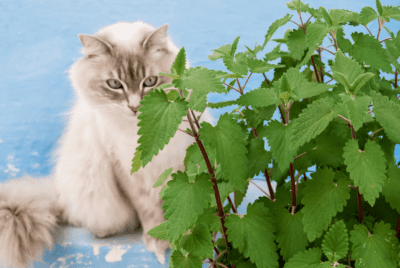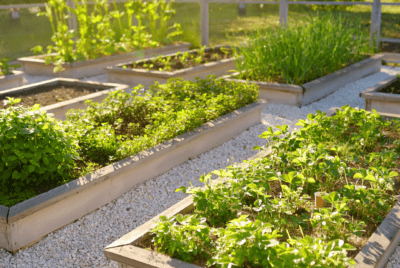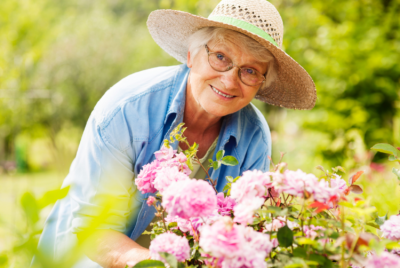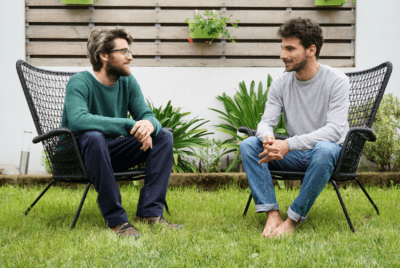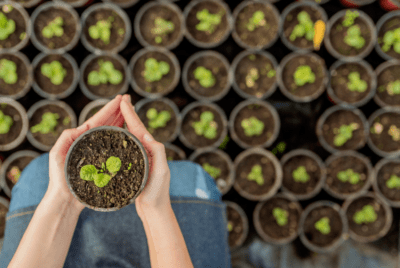RESEARCH
Nature-Based Design in Stroke Rehabilitation Environments: A Scoping Review
Summary
This document is a review of existing research that looks at how using nature in hospital settings for people recovering from a stroke might help them. The researchers wanted to find out what is already known about this topic, how the research has been done, and where there are still gaps in our understanding. To do this, they systematically searched through several databases for relevant studies published between 1984 and 2022. They looked for studies that involved things like gardens, indoor plants, views of nature, and other ways to connect stroke patients with the natural world within inpatient rehabilitation facilities. The researchers then looked at the types of studies, who was involved (patients, families, staff), and what aspects of nature-based design were being studied. This kind of review, called a scoping review, is useful for understanding the current state of research on a topic where the evidence is not yet clear.
The review found that the information we have about using nature in stroke rehabilitation is very varied, and there are significant gaps in our knowledge. While many studies looked at the use of gardens and outdoor spaces for therapy and recovery, we know much less about the impact of things like bringing nature indoors or creating strong connections between indoor and outdoor spaces. The researchers developed a framework to help organize the different types of knowledge in this field, focusing on the intentions behind using nature and its actual impact on patients and staff, as well as the physical spaces and services involved. This framework helped to clearly show where more research is needed to better understand how nature-based design can be most effectively used in stroke rehabilitation environments.


